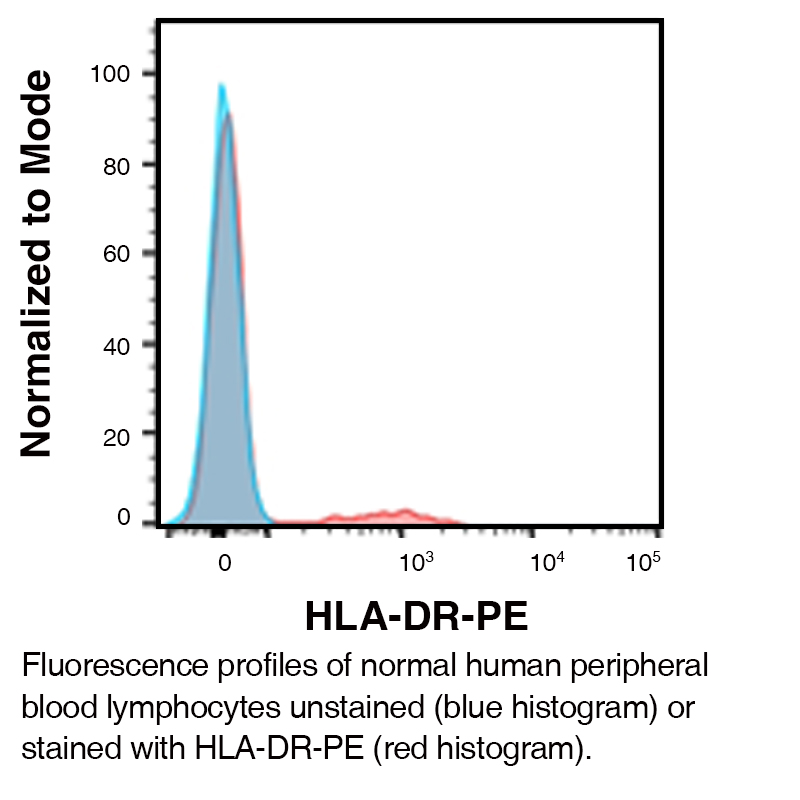Anti-Human HLA-DR (MHC Class II) - PE
Product Code:
LEI-H134
LEI-H134
Host Type:
Mouse
Mouse
Antibody Clonality:
Monoclonal
Monoclonal
Antibody Clone:
L243
L243
Regulatory Status:
RUO
RUO
Target Species:
- Baboon
- Canine (dog)
- Chimpanzee
- Cynomolgus Monkey
- Human
- Marmoset
- Rhesus Macaque
- Squirrel monkey
Application:
Flow Cytometry
Flow Cytometry
Shipping:
2-8°C
2-8°C
Storage:
This R-PE conjugate is stable when stored at 2-8°C. Do not freeze.
This R-PE conjugate is stable when stored at 2-8°C. Do not freeze.
No additional charges, what you see is what you pay! *
| Code | Size | Price |
|---|
| LEI-H134-50ug | 50 ug | £170.00 |
Quantity:
| LEI-H134-100ug | 100 ug | £232.00 |
Quantity:
| LEI-H134-200ug | 200 ug | £333.00 |
Quantity:
Prices exclude any Taxes / VAT



